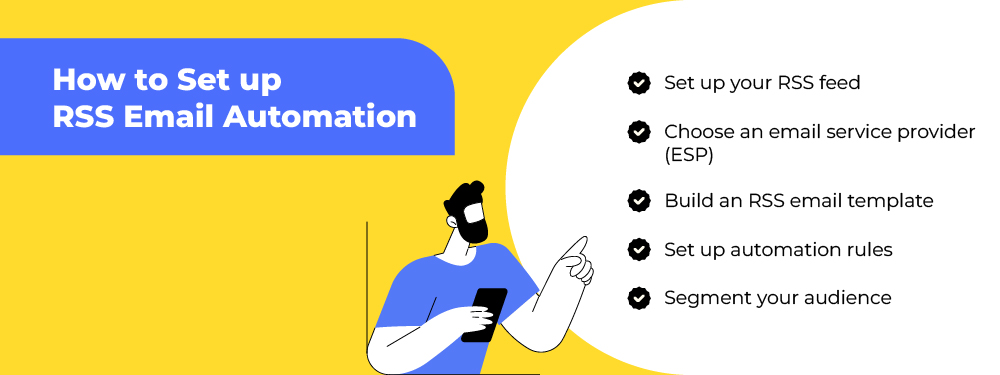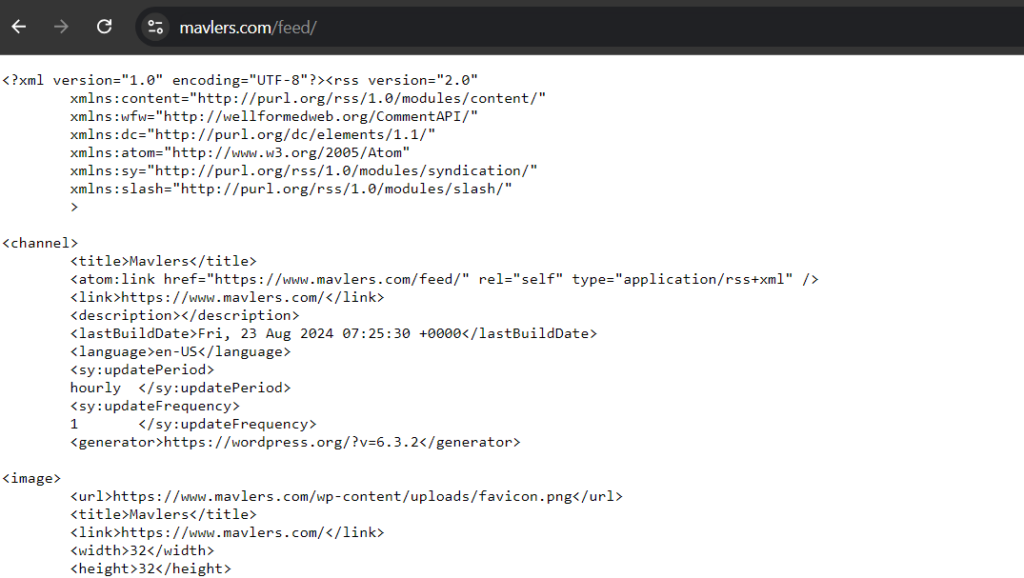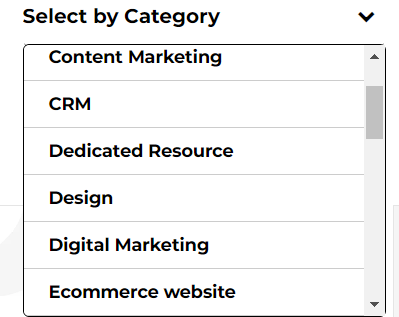You don’t need convincing why RSS feeds matter.
RSS excels in gathering updates and showcasing your brand’s intellectual property, helping to keep it at the forefront of people’s minds. It’s not for nothing that RSS emails have an open rate of 44.54%, according to this exhaustive report by GetResponse.
IF, that is, you can do it consistently.
Collecting the latest blog posts from the website and adding them to your newsletter — sounds simple, but try doing it on a treadmill while taking the next sip of your coffee (isn’t that how the marketing multiverse works?), things can get dicey.
But it doesn’t have to be. And that’s where RSS email automation comes in. It’s not just quicker, better, and safer, but all these things consistently so.
We’re using it; it’s fun and effective. So, let’s take a deep dive into RSS email automation.
- What is RSS email automation?
- Benefits of RSS email automation
- Setting up RSS email automation
- Expert tips on RSS email automation
What is RSS email automation?
In RSS email automation, whenever new content is published on your website, it will automatically be added to your next email. This way, you don’t have to manually create and send emails every time there’s new content on your website.
The benefits seem obvious, right? But let’s explore them in some detail.
Benefits of RSS email automation
RSS email automation offers the following five benefits:

- It saves time. Content curation generally takes time. But with automation, you no longer have to liaise with the content team, sync with their schedule, or visit the blog to check if new content has been added.
- Your audience will be consistently receiving updates. Consistency, left to people, is a perishable good. Its power is only matched by how rare it is. But if your audience could receive timely updates without fail, we’d say that consistency is a much larger benefit of automated feeds than time savings.
- Fresh, consistent updates lead to better user engagement. You’re setting clear expectations, and thanks to automation, those expectations will be met. Gradually, your subscribers will be more inclined to visit your blog. Familiarity will lead to trust, potentially readying your audience to take a desired action.
- If you consistently share valuable content, it can generate word-of-mouth, forwards, and social shares, attracting new subscribers to your brand. This, in turn, will drive more traffic to your website as well.
- Automated RSS feeds can be personalized. You can send out content based on the individual preferences of your subscribers.
Summing up, RSS email automation is beneficial not only for your in-house workflows and departmental synergies but also for the end user. But how can you set up automated RSS feeds? Let’s understand the process in our next section.
Setting up RSS email automation
Follow these steps to implement RSS email automation:

1. Set up your feed
First things first, check whether or not your website has an RSS feed. How to check? Add
“/feed” to the end of your website’s or blog’s URL. You should be able to view an HTML webpage, such as the following, which shows the RSS feed for Mavlers.

If your website displays an error message instead, it means the website does not have an RSS feed. But the good news is that almost all content management systems (CMS) automatically generate RSS feeds for your website or blog. We recommend WordPress.
Note: The URL is not always the best way to validate your RSS feed. Diagnose the feed by using FeedValidator.org. This tool will identify any errors in your feed and provide suggestions or warnings.
2. Choose an ESP
Next, choose an email service provider (ESP) that supports automated feeds, such as Mailchimp, HubSpot, Active Campaign, Campaign Monitor, Mailer Lite, Brevo, etc.
While choosing your ESP for RSS automation, ask yourself:
- Does the platform directly import my RSS feed URL?
- Is there an option for feed customization?
- Does the ESP offer scheduled sending, triggered workflows?
- Is advanced segmentation available?
Most importantly, make sure to review the pricing models of each ESP. No matter which ESP you choose, you should have ESP-specific experts on your team.
3. Build an RSS email template
You can rely on your ESP for prebuilt RSS templates. Most ESPs provide these.
Speaking of design, there are no new rules for automated feeds. Just follow the standard best practices of email template design.
4. Set up automation rules
How often do you want to send out updates? Set up rules to define the frequency of your RSS emails. Determine what type of content you want to send (blog, product updates).
Again, the automation set-up process varies from ESP to ESP.
5. Segment your audience
If your blog has various categories, you can create feeds based on those and send category-specific updates to subscribers based on their interests.
Treat those categories as email segments.
For instance, our blog has categories by ESP, CRM, digital marketing, Ecommerce, SEO, and so on (see below). Our audience interests vary among these categories. Accordingly, our RSS feeds can be tailored to individual interests.

Expert tips on RSS email automation
Before implementing RSS email automation, consider these expert tips.
- Produce high-quality content consistently. By high-quality, we don’t just mean well-researched but valuable and relevant to your audience.
- Maintain a fixed number of feed items to avoid infobesity and UX disruption.
- Optimize for mobile users. Since mobile opens are increasingly common, focus on responsive design, use concise titles, and create well-padded CTA buttons.
- Add prominent subscription CTAs to your RSS emails. Do not skimp on articulating the benefits of subscribing to your newsletter.
- Test your RSS emails before sending them out. Double-check the links. Ensure that the media embedded in your content renders properly across email clients. Always verify your feed URL to make sure that content is retrieved properly.
Scale up your RSS feeds with automation
Scaling up has never been easier. With automated RSS, you can propel content curation, which is typically an hours-long job. All you need is for your content team to regularly post fresh posts, which will be added to your email newsletter. Just. Like. That.
Need help with RSS automation? You’re in luck! It’s a crucial part of our six-tier email marketing framework.

Need more information on automation? Catch this guide to email automation.


Susmit Panda - Content Writer
A realist at heart and an idealist at head, Susmit is a content writer at Mavlers. He has been in the digital marketing industry for half a decade. When not writing, he can be seen squinting at his Kindle, awestruck.
Chintan Doshi - Reviewer
Chintan is the Head of Email & CRM at Mavlers. He loves email marketing and has been in the industry for 7+ years. His track record of email marketing success covers building email programs from scratch and using data-driven strategies to turn around underperforming accounts.
The Strategic Shift: Why Revenue Should Be Considered as a Secondary KPI for Your SEO Campaign
How to Leverage Google Ads for Nonprofits: A Comprehensive Campaign Management Guide